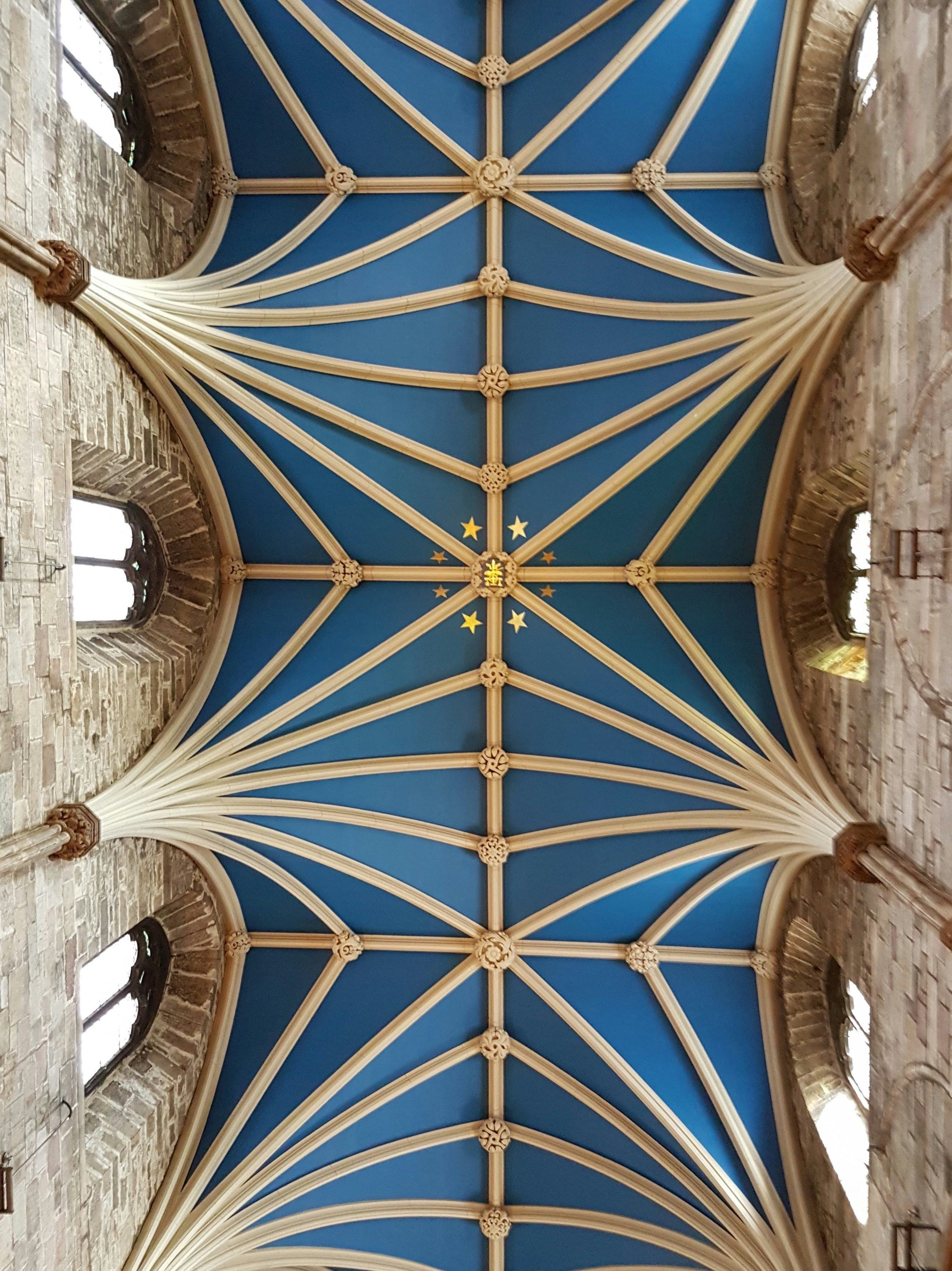Once I was in New York with my partner. The MOMA was closing in 30 minutes, so we decided to pay full price to see Starry Night. I stood in the emptying room for a while, satisfied. I saw Dance II and The Persistence of Memory. I nonchalantly turned the corner and found myself standing before a massive work by Jackson Pollock, Autumn Rhythm.
Without at first understanding, I was overcome with tears as I stood in front of one of the first pieces of artwork I had ever read about - one of the many I thought I would only ever read about.
In those few minutes when I stood there, I remembered reading the Olivia children’s book series by Ian Falconer. In the first book, Olivia visits an art museum and sees a Jackson Pollock painting. She stares up at the work before stating, “I could do that in about five minutes.” She spends the remainder of the book trying to recreate this painting for herself. In those five minutes that I stood in front of the painting, I created a masterpiece too. My memory became an art installation, hanging in the interior of my consciousness.
In Create Dangerously, Edwidge Danticat says that resurrecting a memory is excruciating, but necessary. When we write with our memories in tow, we construct a reality and give it a history that would not have existed had we not had the courage to remember. We must tell our stories and remember dangerously. It is this emboldened will to remember that opens up our realities to the possibility of creating – of making something new, of further unfolding the lessons of the past to carry us into our readying futures.
This masterpiece became a collection of my coming and going, of my before and after, of what I have gathered and left behind, of what I could be capable.
James Elkins explains it best in Pictures and Tears:
“Paintings show us a single moment, even though they remain fixed for centuries. The ephemeral instant and unending duration are forced very close together, and that is one of painting’s special strengths- one of the properties that sets it apart from other forms of art. The instant, the very definition of change, is pressed flat like a dried leaf in a collector’s book and made to remain in place indefinitely.”
Pollock spent his career doing so. He preferred concepts that would make the viewer feel something.Of course, there will be people who critique Pollock’s work, reasoning that he is not truly an artist, that his work really could be replicated in minutes by a child.
Part of the measure of Pollock’s work is his ability to allow viewers to feel into the art. He intentionally leaves space in his works for people to integrate their own interpretations and their own histories. Pollock flings his paint onto the canvas, a persisting history of the action of creating. We see the shadows of his efforts. Every gesture, every twitch of the hand, the thoughts that occupied their minds is remembered by the response of the paint. A vacancy is filled. His works have been understood as registering a moment of time. A history.
Elkins continues:
“There is no reason looking should be easy, because pictures are not just decoration. They are peculiar objects that pull at us, tugging us a little out of the world. A picture will leave me unmoved if I don’t take time with it, but if I stop, and let myself get a little lost, there’s no telling what might happen.”
One day, I realized I had committed a mis-remembering. I was visiting the MET, this time for longer than 30 minutes. I turned a corner, and stared up at another of Pollock’s works. Only this time I realized that I was becoming acquainted with the actual painting featured in the Olivia children’s book. This was actually Autumn Rhythm. The painting I had seen during that heady trip to the MOMA was in fact Pollock’s work, One: Number 31, 1950. Danticat considered the possibility that attempting to write something would result in “self-created folklore” or “fake-lore.”
It felt like the harder I tried to remember, the blurrier it all became, as if my act of trying to remember the details of my history altered what happened to fit my current mindset, or to lay my trust in the hands of my unreliable memory. My cloudy memory made me feel like I was trespassing a spotless room and muddying it with my footprints. It feels best to leave the door closed to preserve its integrity, even if that means I can no longer enjoy the warmth of that room.
I’ve found a remedy in poetry. For me, poetry serves as the best vessel for these memories because they have the capacity for a memory’s texture. My memories are safe with poetry. I can nestle them into the interior of stanzas, my own little collection on shelves. They can be repaired and nourished and given space to slowly gather, just as children’s books did in my youth.
I came from this children’s book. It was something I could daydream into. And now, I stepped into the whimsy its pages offered, and it became my reality.
The history within the art that raised us kindled the first dreams and aspirations and curiosities and whimsy. Our own stories shape us in ways we cannot envision unless we have the courage to let our memories stream into our present. Your memory persists with what you leave between the pages.
These memories, just like they were kept in my poem’s stanzas – now lined in a museum, a collective patchwork history that these artists often couldn’t see to fruition either. They didn’t know where their work would travel, or whose tears would be shed before them. Into this room full of each neatly organized memory we continue, we can begin.
Olivia Bardo is an editorial assistant at Sojourners. Her works appear on sojo.net, the Porch, the American Academy of Poets, Meniscus Journal, and elsewhere. She grew up with infusions of nondenominational and Baptist traditions and is continuing to journey down the ever-unfolding path of faith, discovering the Divine in nature, art, and people. She is often found reading or writing poetry, drinking tea, and baking bread. She resides in Washington, D.C..
Discover more from Olivia Bardo.









.jpg?ixlib=gatsbyFP&auto=compress%2Cformat&fit=max&q=50&w=5431&h=5665)